The usefulness of podotactile nails
Crosswalks, railway platform kerbs, stair treads... Theinstallation of podotactile nails and strips makes it safer for visually impaired or blind people to move around public spaces. Where should they be installed? What regulations apply? Find out from NeoSol.
What is a podotactile nail? What are they used for?
To improve travel conditions for the visually impaired, it is now compulsory to install warning strips in certain public places and ERP (establishments open to the public). These strips have a specific texture and a relief that creates contact underfoot when walked on. This is made possible by the installation of podotactile studs.
These elements surround us every day. Podotactile studs and strips are visible in places where it is necessary to warn of an obstacle or danger, such as crosswalks, station platform edges, or near staircase steps. They are an effective solution for warning without distorting the space.
Good to know: don't confuse studs with podotactile nails. To differentiate them, the nail has a shank that requires drilling during installation.
Podotactile nails and strips: what the regulations say
For the safety of people with disabilities, there are several laws requiring the installation of podotactile strips. They are thus mandatory:
- at the top of a staircase on the public highway or in an ERP;
- near escalators and moving walkways;
- in front of road or rail crossings such as crosswalks;
- on public transport platforms (e.g. metro, train).
Current standards define the characteristics of the pedestrian strip. Installation is subject to the following criteria:
- 8 studs in depth, or 5 and 6 studs in width if the strip is laid at the top of a flight of stairs;
- 75 mm spacing between each plank;
- a staggered layout;
- choose an environmentally-friendly material to avoid the risk of rust or breakage.
Ø Also read: Accessibility and ERP: how do I know if I'm in compliance?
The different types of podotactile nails
The choice of podotactile nails varies according to use and environment. Podotactile devices are available in several :
- materials: mainly steel and stainless steel, but also brass, wood, thermoplastic, etc. ;
- colors: while podotactile studs are available in a range of colors, a simple silver color is ideal for an attractive finish in any environment;
- installation methods: knock-in, embed or screw-in.
Our tip? To facilitate installation and ensure compliance with current standards (in particular, distance between studs), we recommend the use of an installation template.
Podotactile strips are also available in a range of colors (white, gray, black, yellow, etc.) to create a visual contrast with the ground and alert passers-by more easily.
Need to create alerting surfaces? NEOSOL offers a range of nails and pedometer strips adapted to current standards. Easy to install, long-lasting, perfectly integrated into the environment and with a template supplied: find the product that's right for you and discover our projects.
NEED ADVICE?
Contact Solène
![Fire classification, UPEC and ISO 10874 standards Fire classification, UPEC and ISO 10874 standards]() Fire classification, UPEC and ISO 10874 standardsFire rating and quality standards should be one of the main criteria to consider before buying professional flooring. Find out why with NEOSOL.Read More
Fire classification, UPEC and ISO 10874 standardsFire rating and quality standards should be one of the main criteria to consider before buying professional flooring. Find out why with NEOSOL.Read More![Static electricity risks and solutions Static electricity risks and solutions]() Static electricity risks and solutionsHow dangerous is static electricity for employees? How do industries reduce the risks associated with electrostatic discharge?Read More
Static electricity risks and solutionsHow dangerous is static electricity for employees? How do industries reduce the risks associated with electrostatic discharge?Read More![Professional mats: how to care for them? Professional mats: how to care for them?]() Professional mats: how to care for them?Professional mat maintenance is essential to maintain the longevity of your mat and the safety of passers-by. NEOSOL, the flooring expert, reveals its different maintenance methods.Read More
Professional mats: how to care for them?Professional mat maintenance is essential to maintain the longevity of your mat and the safety of passers-by. NEOSOL, the flooring expert, reveals its different maintenance methods.Read More![Accessibility and ERP: how do I know if I'm in compliance? Accessibility and ERP: how do I know if I'm in compliance?]() Accessibility and ERP: how do I know if I'm in compliance?Accessibility must be a priority for every ERP. But you still need to know if you're in compliance. To help you, NeoSol, the professional flooring specialist, tells you more.Read More
Accessibility and ERP: how do I know if I'm in compliance?Accessibility must be a priority for every ERP. But you still need to know if you're in compliance. To help you, NeoSol, the professional flooring specialist, tells you more.Read More










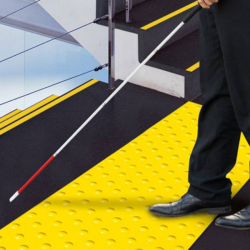
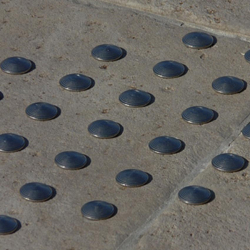
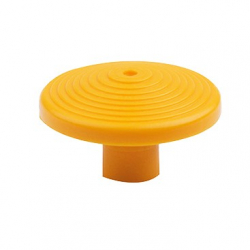
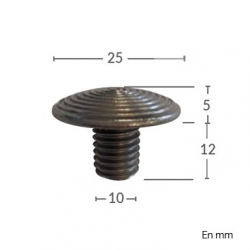


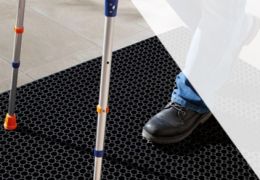

Leave a comment